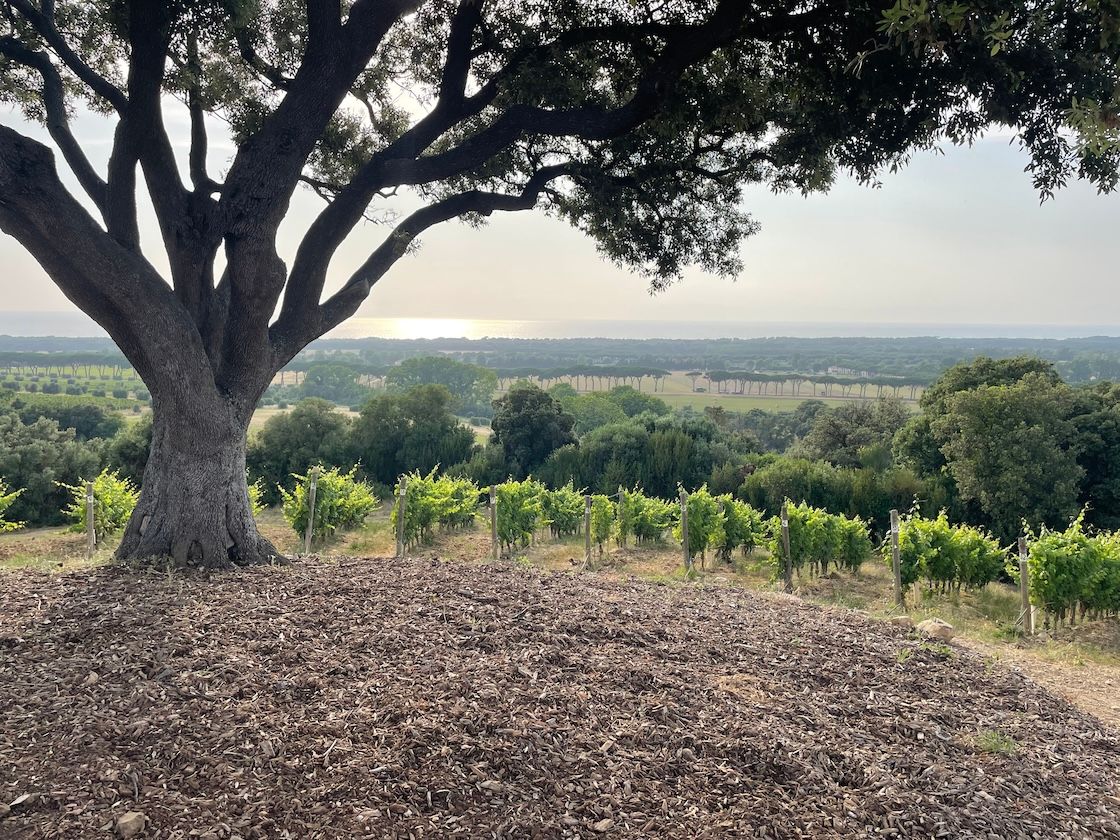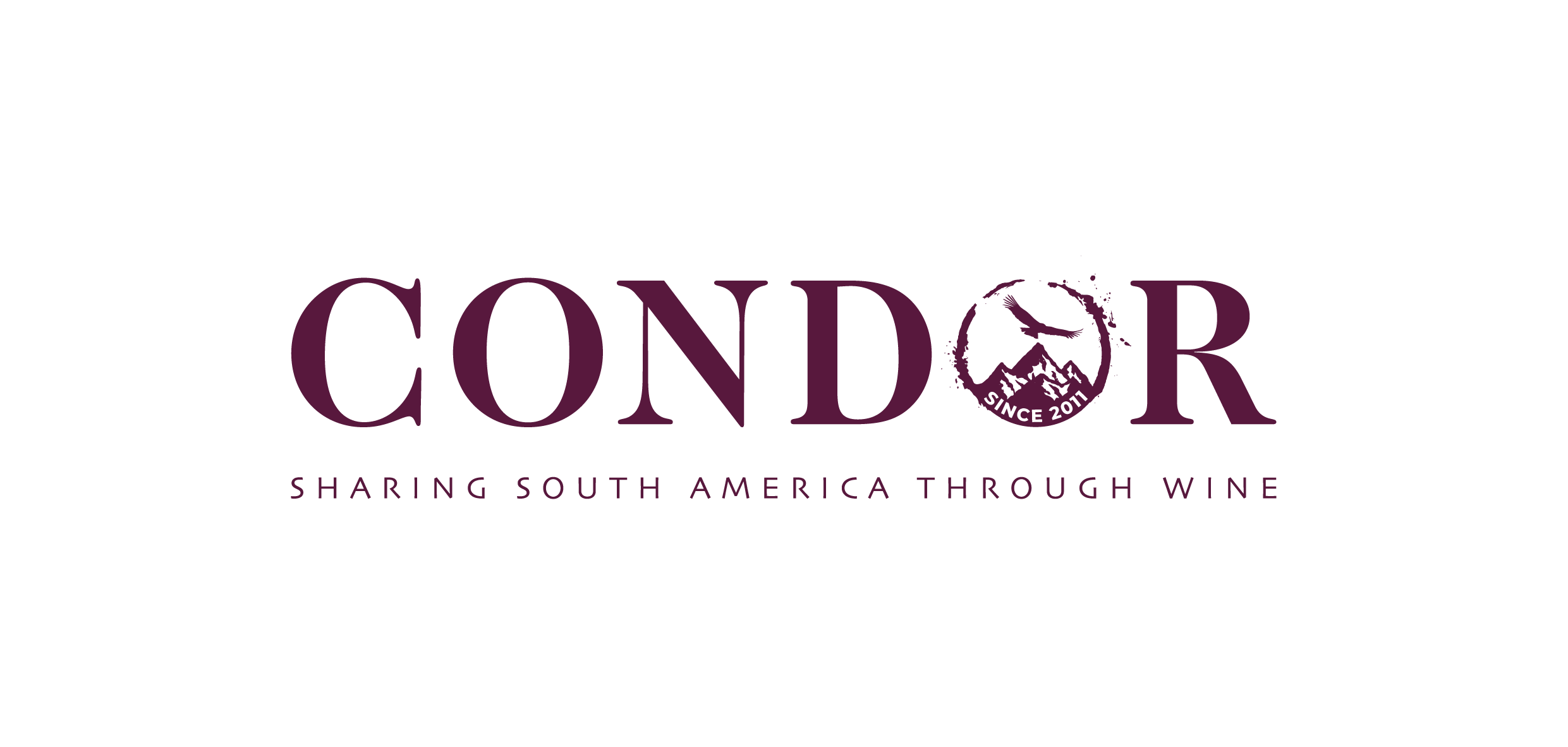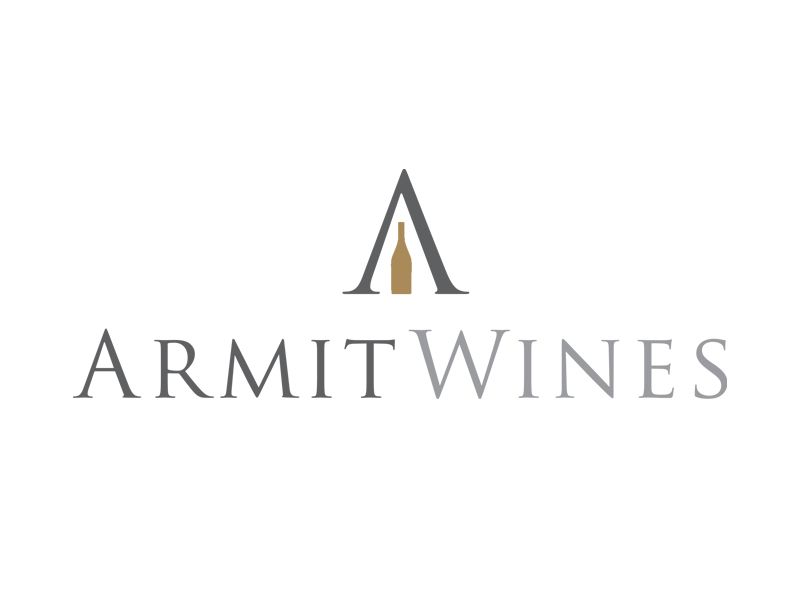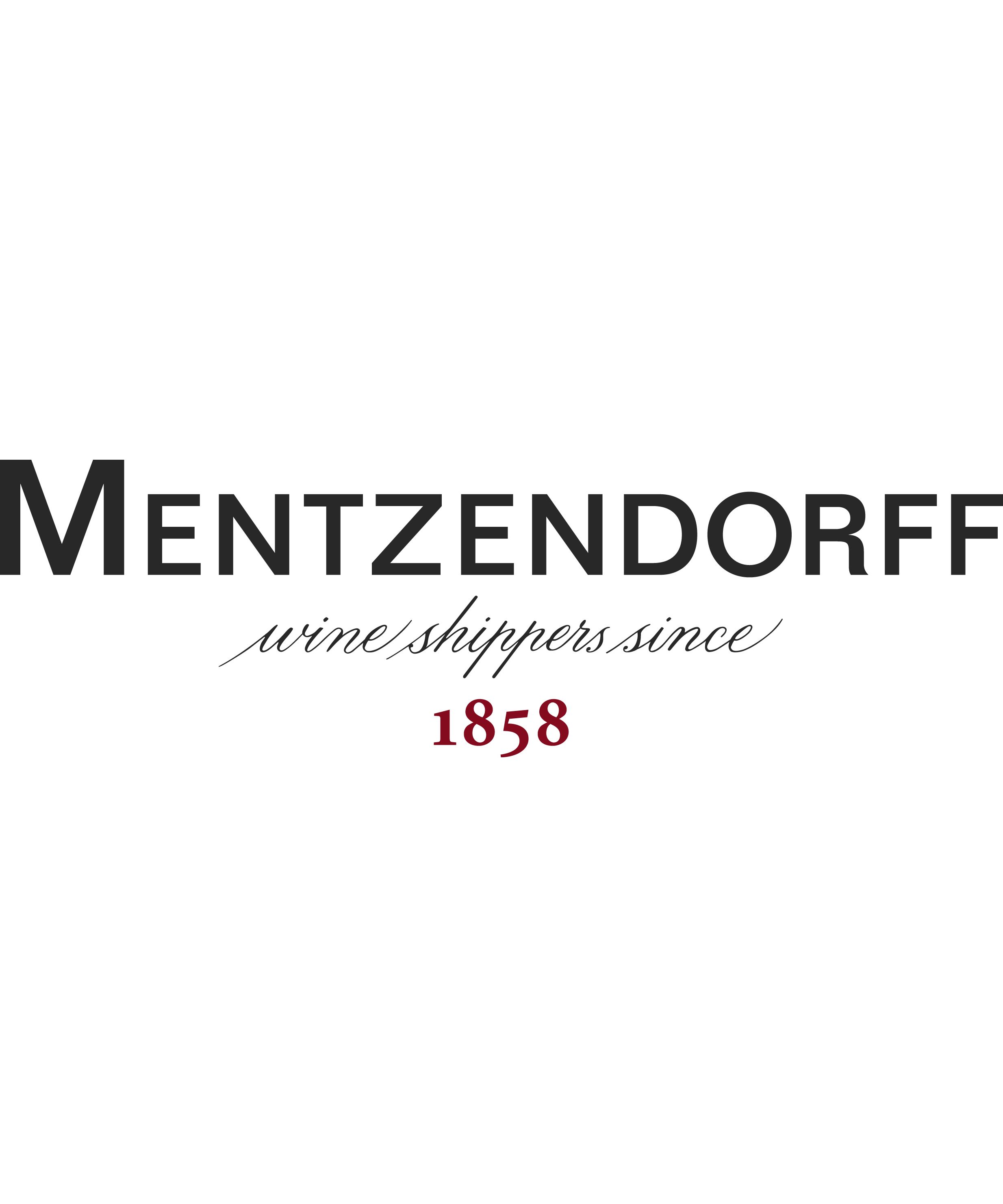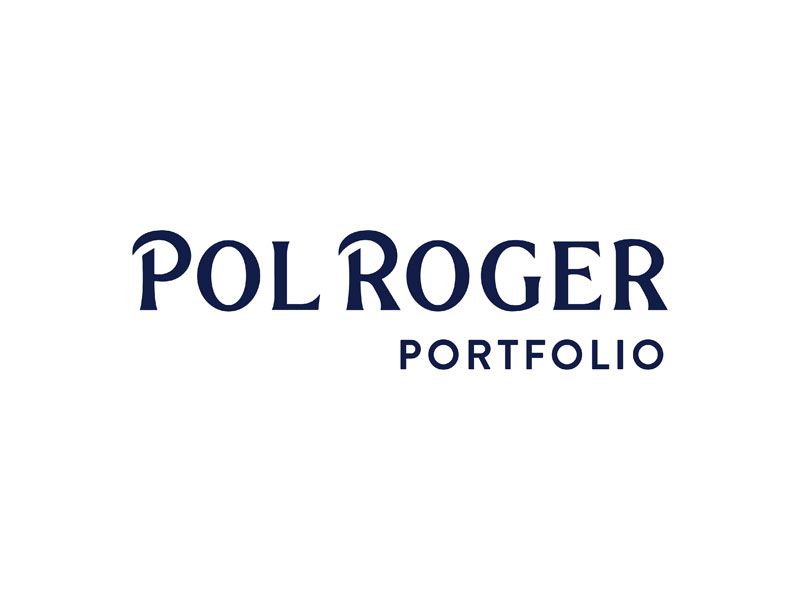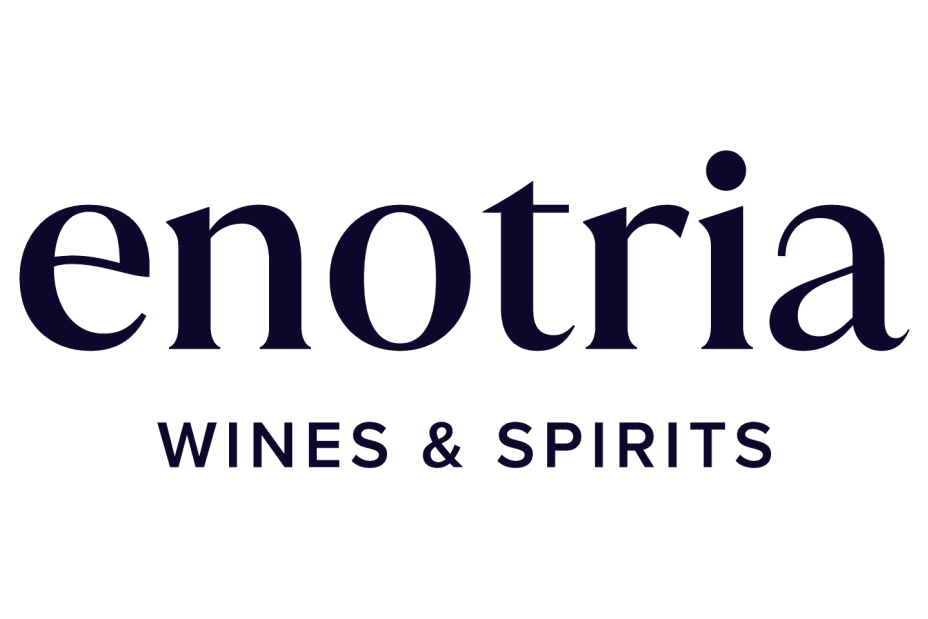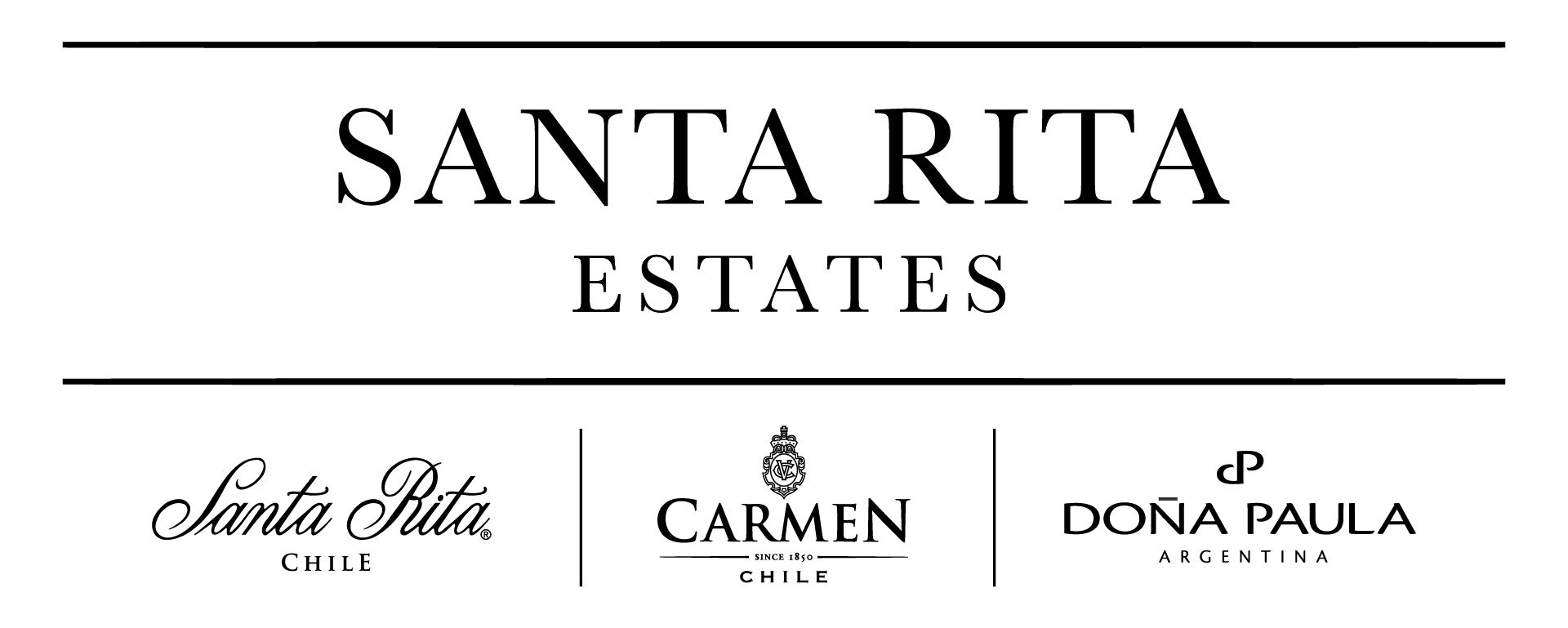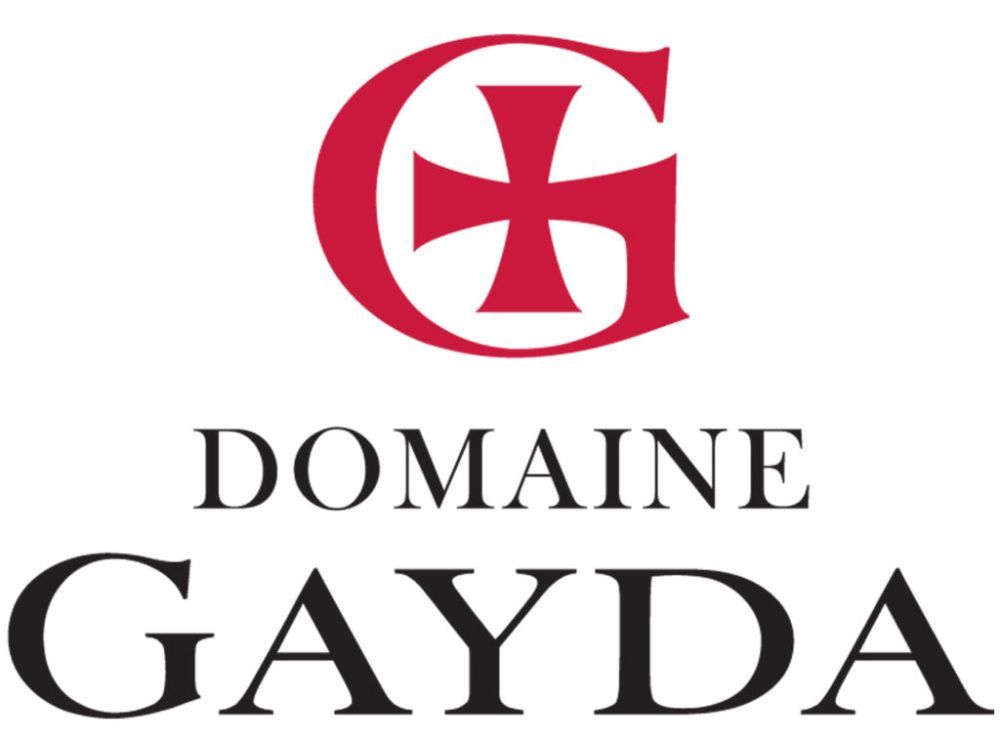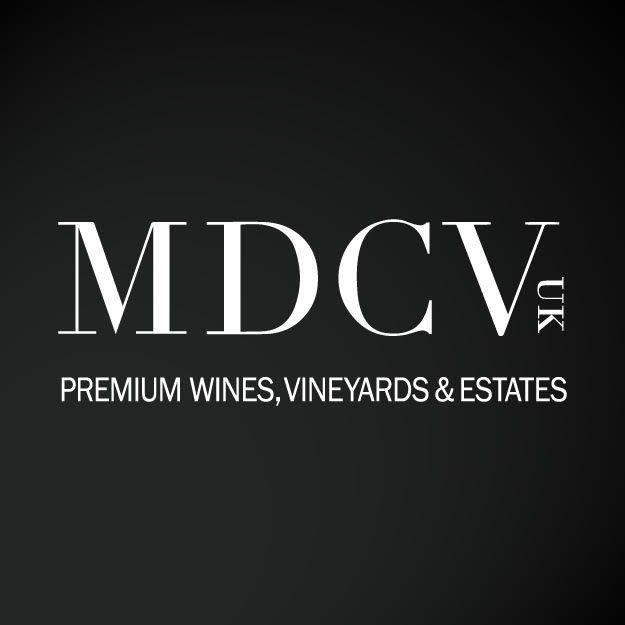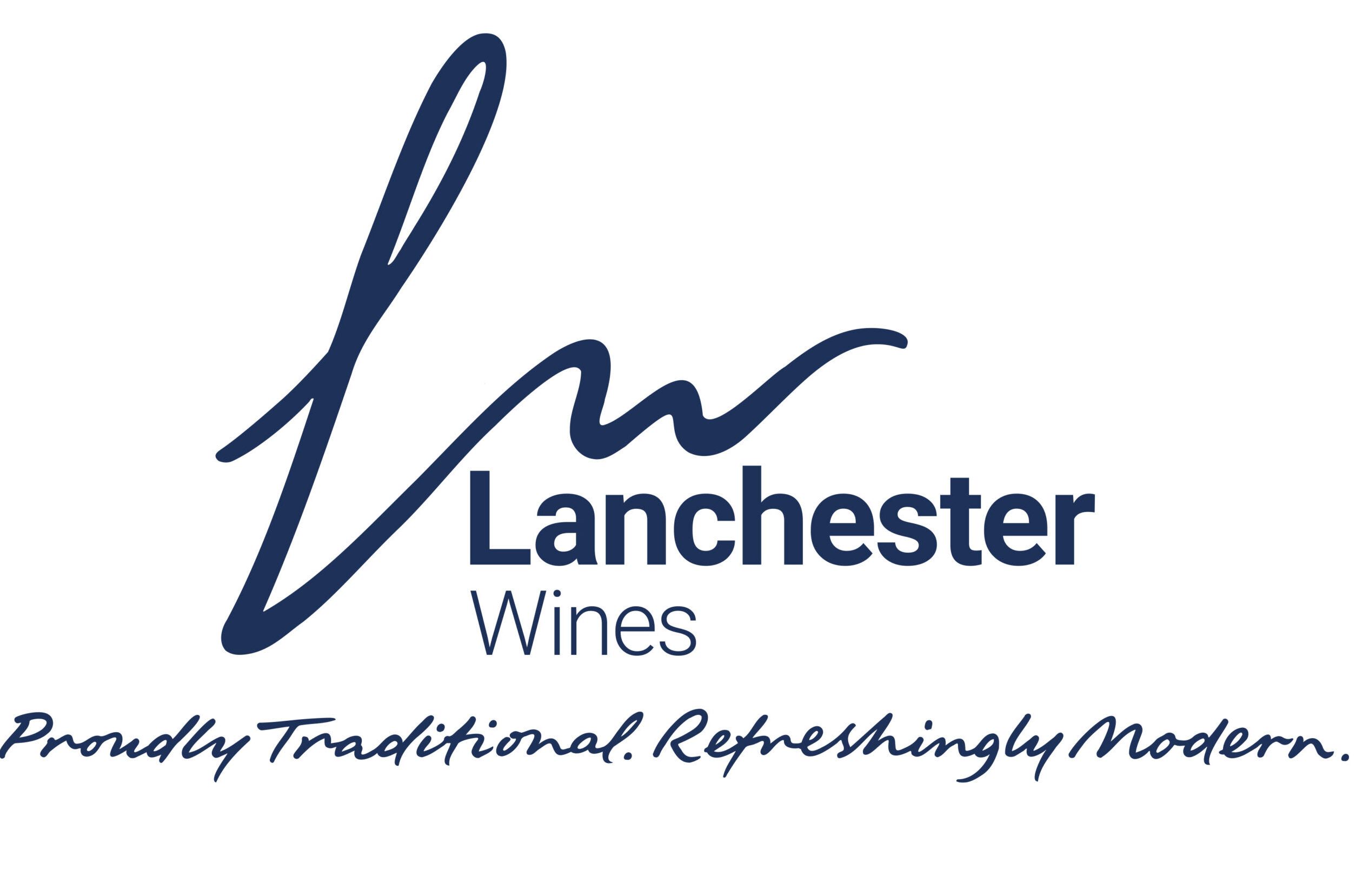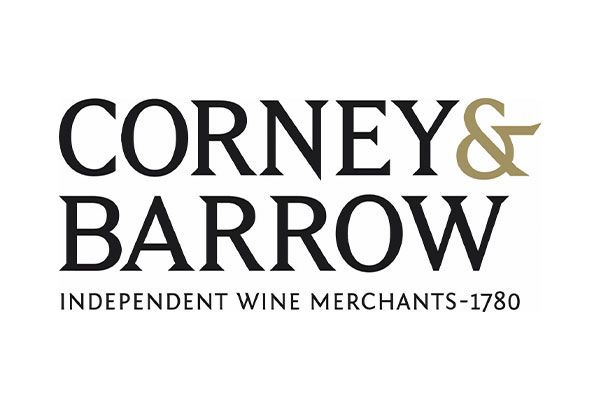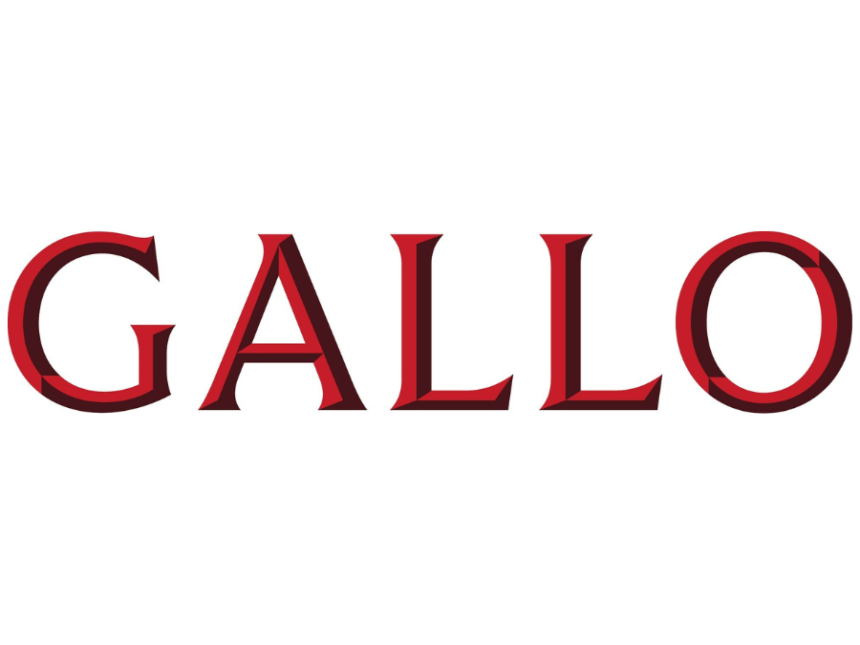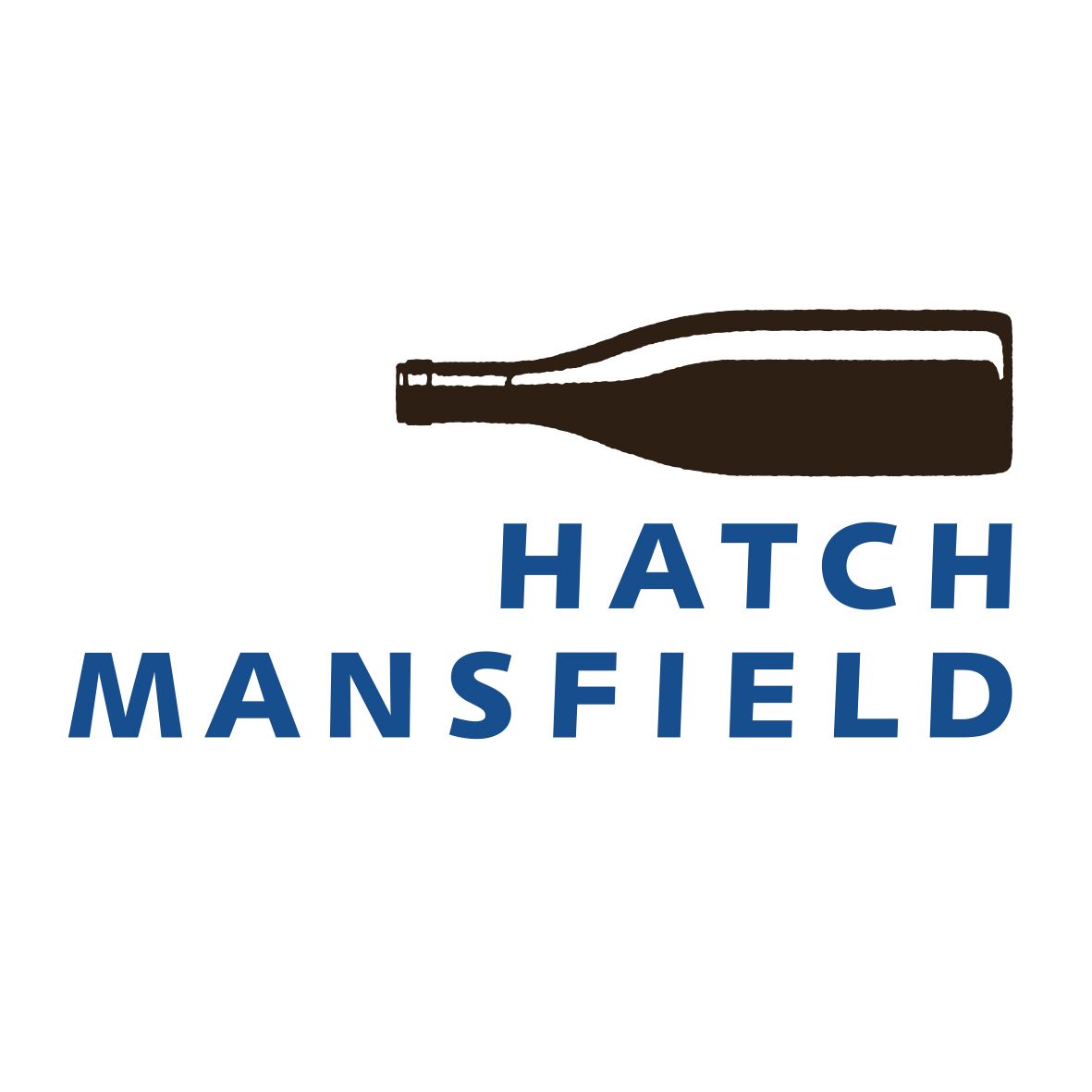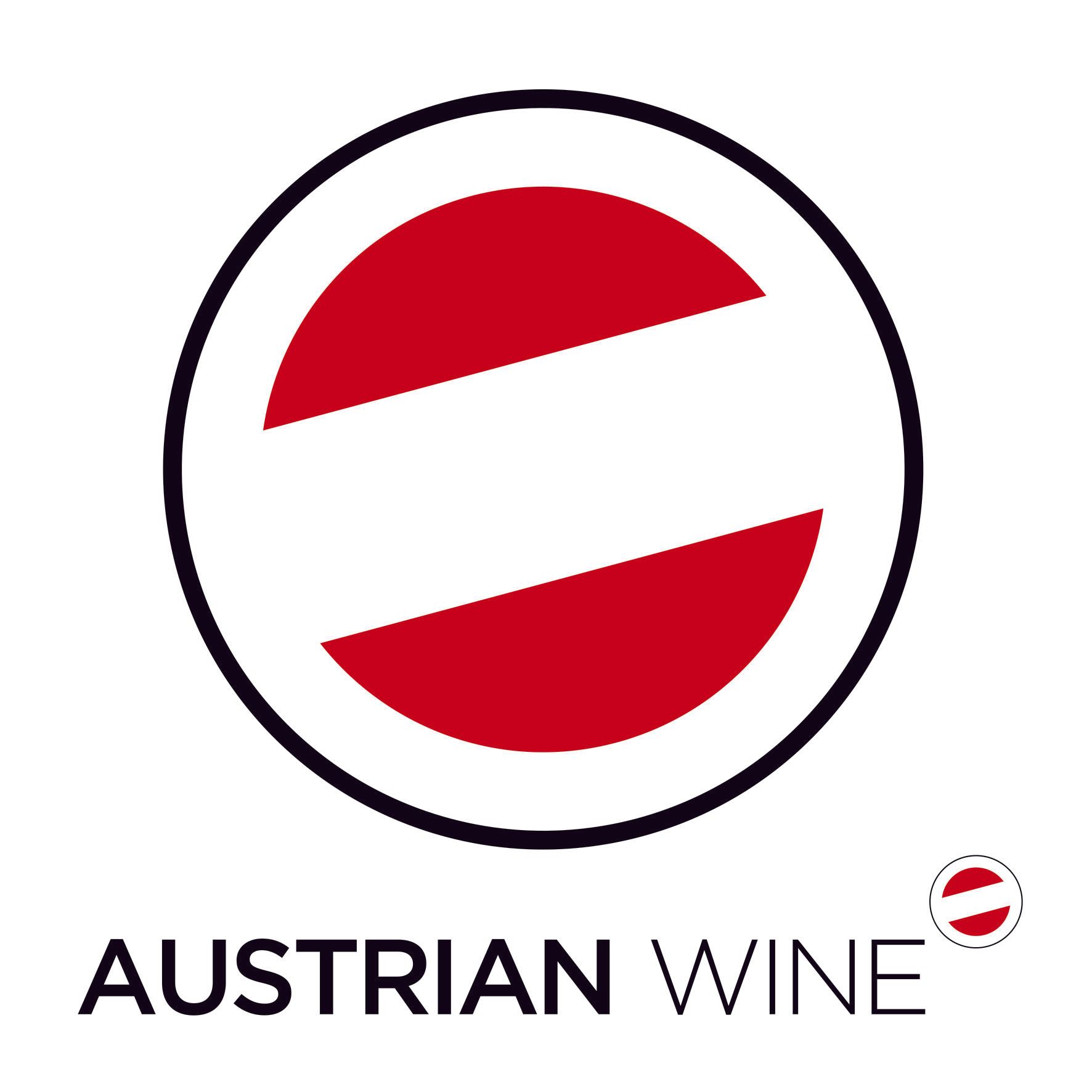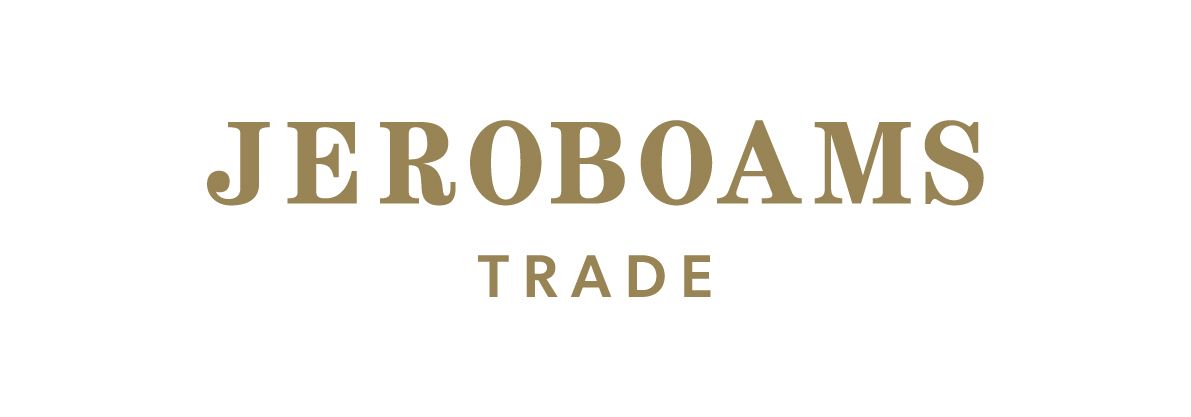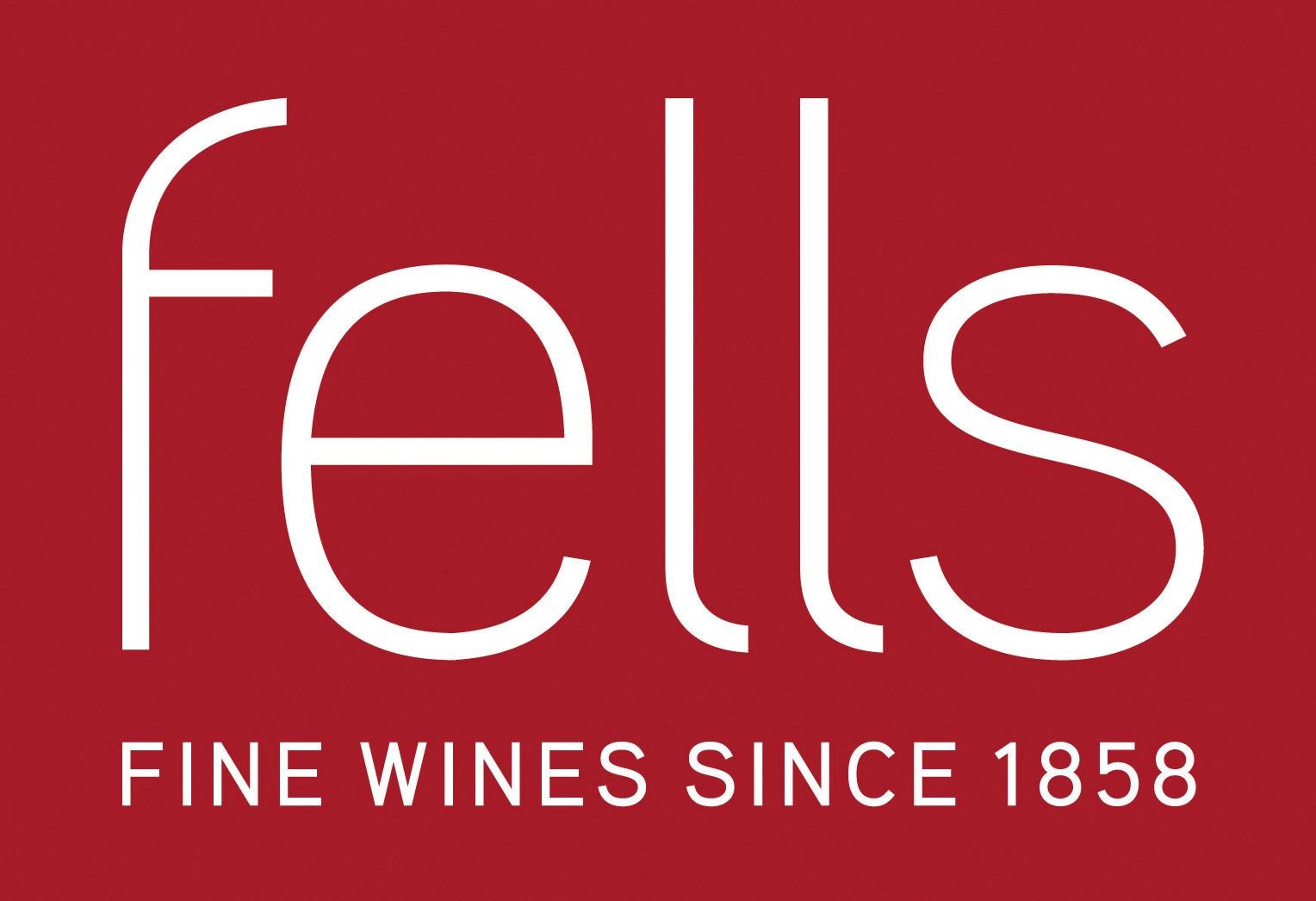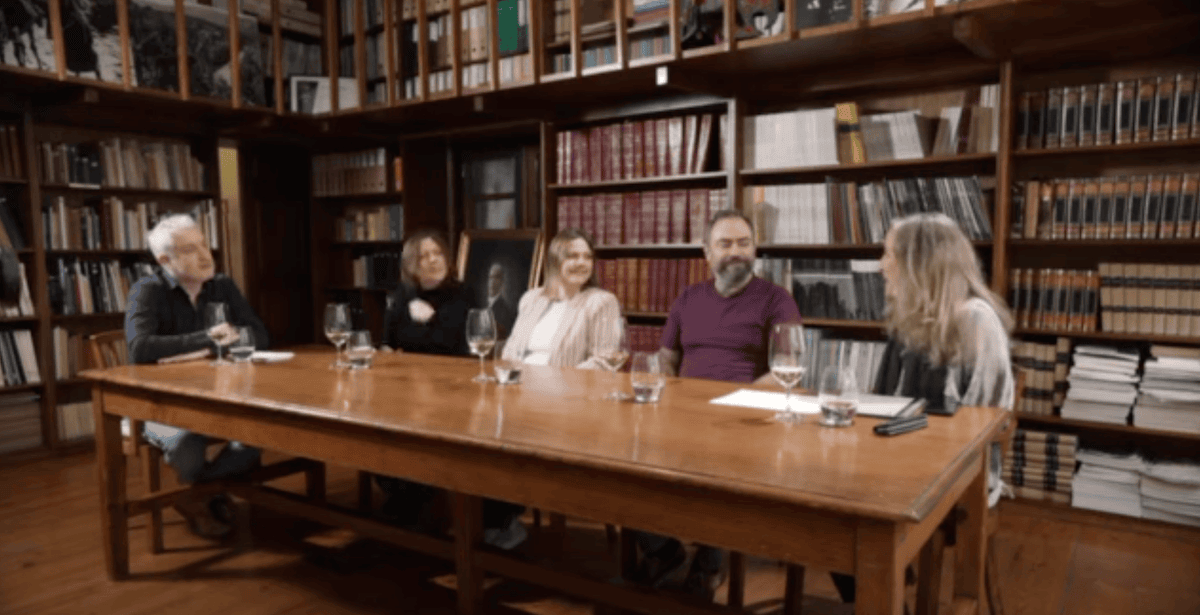The fabled story of the Bolgheri region is worth retelling. In the nineteenth century, vines were quite widespread there. Clearly, though, what they produced wasn’t memorable. For, with the advent of the phylloxera epidemic, the farmers who owned the land decided to switch out of wines altogether: Bolgheri found fame for its potatoes.
During the 1930s, the Italian leader Mussolini further encouraged this shift into crops to bolster the country’s food supply. It was only in the 40s that the marquis who owned the Tenuta San Guido opted to plant Bordeaux varieties to make a house wine called Sassicaia. When sold commercially for the first in the mid-1970s this, of course, took the wine world by storm.
The Tenuta Argentiera winery was part of the second wave in the investment frenzy that ensued. Once home to silver mines (hence the name “Argentiera”) and with 85 hectares, the winery was established in 1999 by Austrian entrepreneur Stanislaus Turnauer. His declared aim is for prestigious international recognition and distribution, which I assume, means placing Argentiera in the pantheon of top Bolgheri producers alongside Sassicaia (first vintage 1968), Grattamacco (1982) and Ornellaia (1985).
Agentiera’s topmost wines are scoring 97 ratings so they are obviously moving in the right direction.
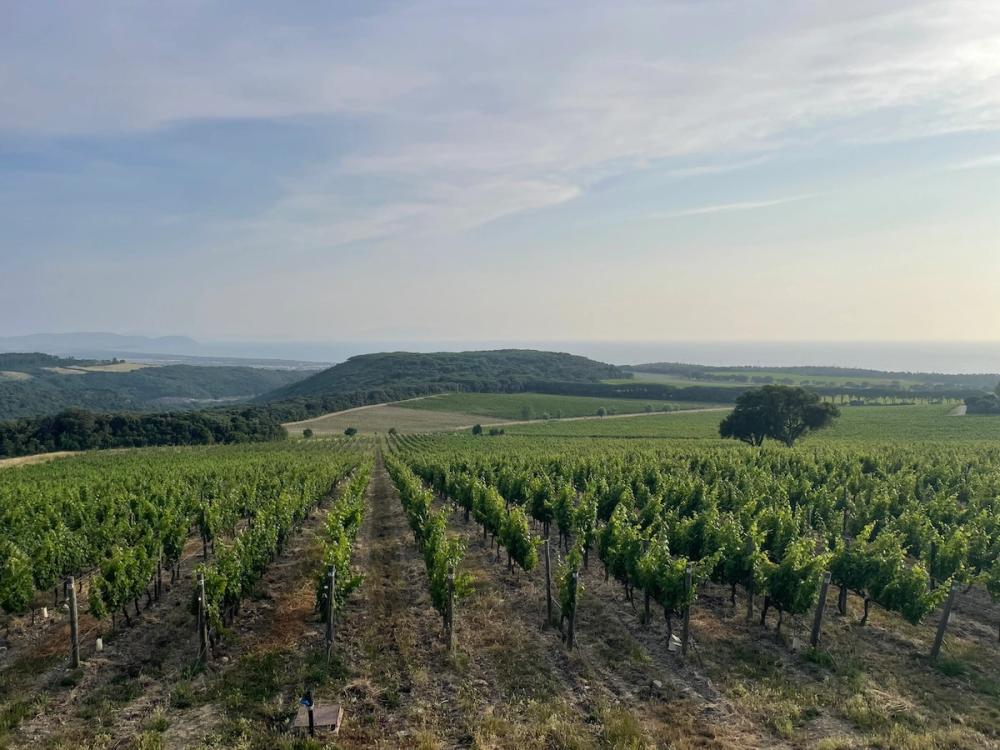
The winery in the south of Bolgheri is the vineyard closest to the Tyrrhenian sea. It rises from near sea level to be among the highest vineyards in the DOC at around 200 metres. From a terrace at the highest point, you survey a natural amphitheatre bounded by the sea and the green, rolling hills covered in vines. Differing soil compositions, elevations and microclimates in the winery’s higher terrain offer abundant opportunities for a winemaker to experiment with small plots of vines. How this sort of bountiful terroir went unrecognised for so long (and whether there might be others lurking somewhere) is a story for another day.
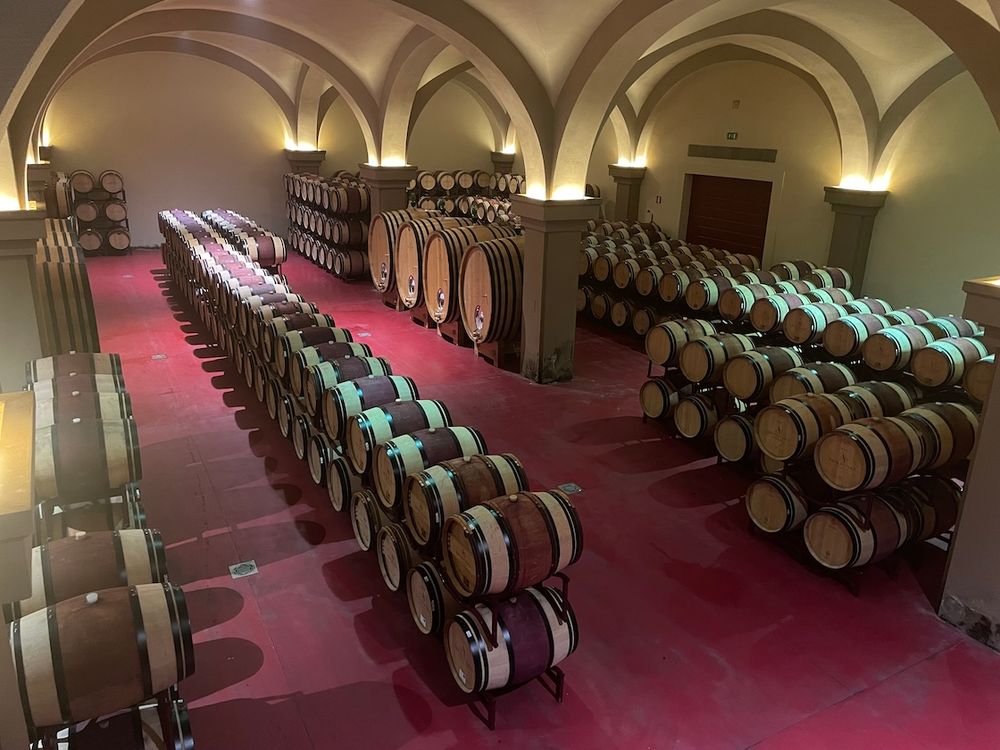
The winery’s cellar is an imposing building, evoking the spirit of an old Tuscan fortress set on the crest of a hill; carved underneath are several floors of working areas. The place is chock full of barriques, stainless steel tanks, pyramidal concrete tanks and, most interestingly, some smaller ceramic or “stoneware” eggs.
Oddly, the first DOC created for Bolgheri in 1983 was only for whites and rosés but it was belatedly amended in 1994 to include red wine.
Argentiera has four top-notch wines, all red. Two, including the winery’s signature Bolgheri DOC Superiore, are from the Bolgheri DOC – this has two categories, a Rosso as well as the Superiore. According to winemaker Nicolò Carrara, the expansion of the DOC has now been more or less halted. The consorzio – comprising most local producers which decides this – is apparently ready to disappoint any remaining local farmer with a hectare-sized plot eager to make a killing.
The other two wines, including Ventaglio which is wholly Cabernet Franc and by far the most expensive, are labelled Toscana IGT. Since 2012, Bolgheri DOC has allowed monovarietal wines, including Cabernet Franc.But, explains Carrara, “we chose the IGT Toscana designation to preserve full creative freedom, highlight the singular identity of the vineyard, and position Ventaglio as a standalone, auteur wine beyond any denomination.”
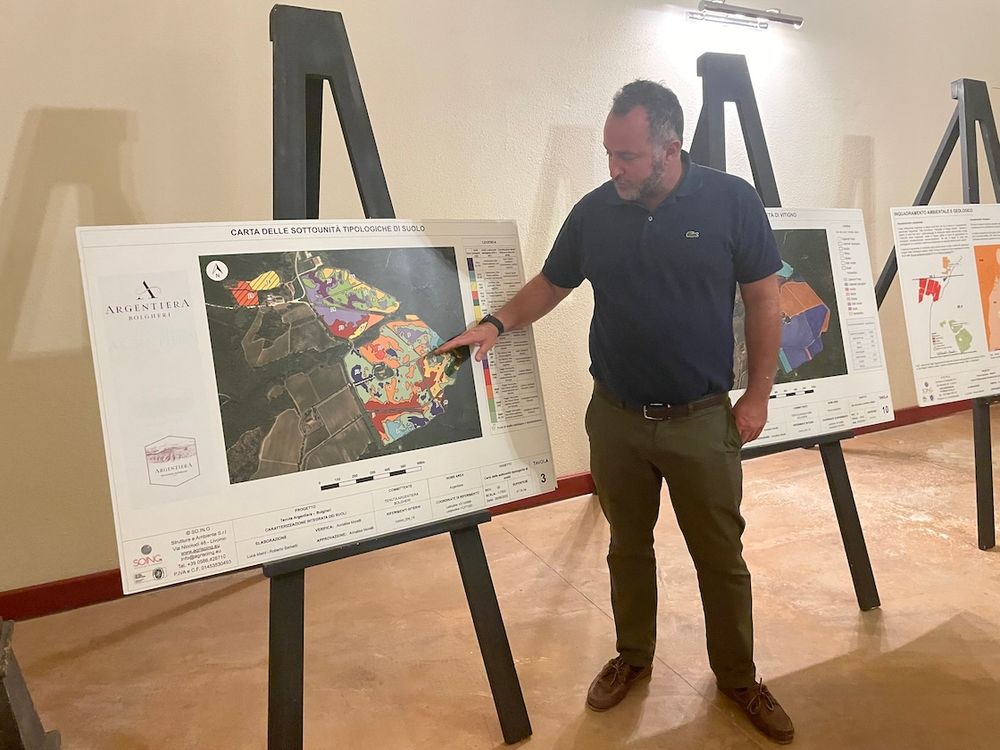
Nicòlo Carrara: "Super Tuscans is still useful in the United States, but is not a big thing for us here."
Aside from the reds, the winery also makes a couple of everyday whites and a rosé, with affordable price tags.
Across the DOC, the production of reds has for the last five decades been based on the Bordeaux staples, Cabernet Sauvignon and Merlot. But with warmer summers in the region, Cabernet Franc has won favour for its freshness, fruit, and texture as part of the blend.
One critic has gone so far as to say that Bolgheri is now Cabernet Franc’s “happy place”. At Argentiera they are not so sure. “The trend now is more on Cabernet Franc, but I think it is a challenging variety that is not well adapted everywhere”, insists Carrara. Even though its priciest wine in pure Cabernet Franc, at this winery they are insistent Cabernet Sauvignon remains king – alongside Merlot, which always delivers good acidity, a low pH and imparts energy and freshness.
If opulence and power were the hallmarks of the first wave Super Tuscans, the newer offerings represent a stylistic shift towards finesse and elegance plus a newfound interest in expressing terroir. None of these latest wines are big-shouldered. The goal is to create them mainly in the vineyard, while in the cellar the team simply tries to maintain the expression of terroir and show to the full the differences from one vintage to the next.
All grapes are harvested by hand. Although it is not registered as organic (which would mean entanglement with a whole new bolus of paperwork) the team is very aware of the need to go light on chemicals. Drip irrigation is used judiciously.
Moderating the alcohol of the reds is a bit of a struggle. “We try to have a maximum of 14%, but we don’t do anything crazy to keep it down”, remarks Carrara.
Although it was the term that inspired worldwide recognition and countless newspaper articles on Bolgheri, the term Super Tuscans, now appears to be fast falling out of favour, at least in the region itself. Indeed, mention Super Tuscans to Carrara and he gives a faint smile: “It’s still useful in the United States, but is not a big thing for us here”.
Tasting the wines of Argentiera
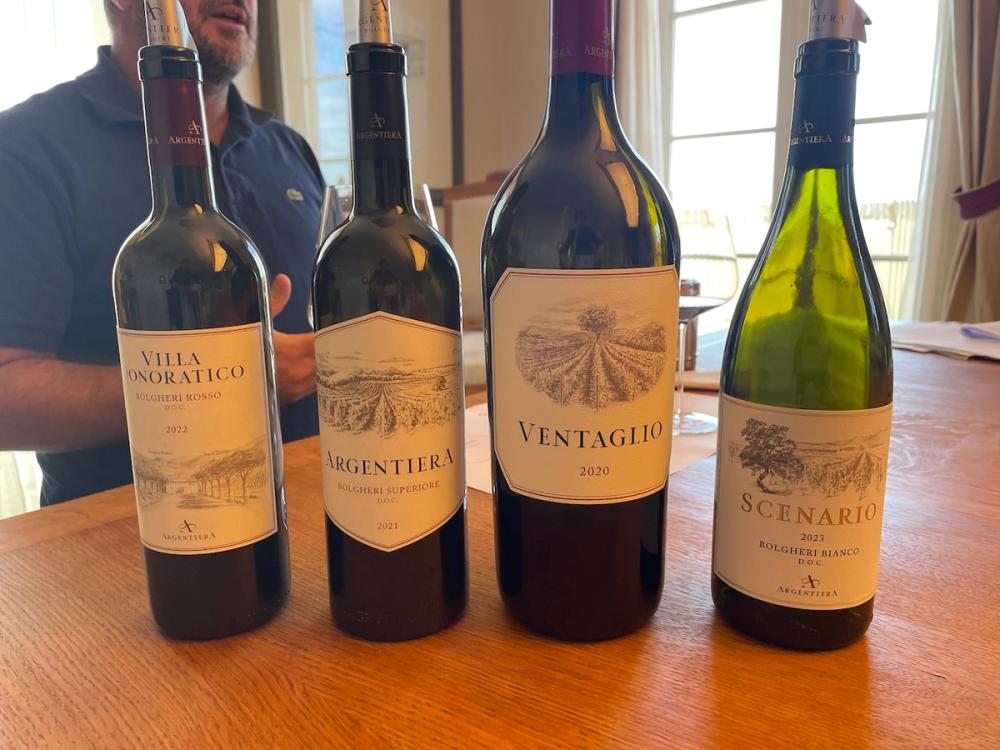
Ventaglio 2020 Toscana IGT (ABV 14.0%, €350 a bottle retail).Cabernet Franc (100%). The winery’s most aspirational wine, this comes from an altitude of around 100 metres with rocky clay and calcareous cobble. Ageing occurs in French and Austrian large oak casks and tonneaux for 14 months. The weather in 2020 was dry without excessive heat, although a thunderstorm late in August became fundamental in the grapes’ maturing. Luscious and possessing good energy there are notes of red and blue fruits. Balanced acidity and fine-grained tannins and a wonderful, long finish. Some earthiness is well preserved.
Argentiera Bolgheri DOC Superiore 2021 (ABV 14.0%, €80). Cabernet Sauvignon (48%) Merlot (45%), and Cabernet Franc (7%). From an elevation of 160-200 metres, the soil is marl and shale plus sandstone and some siliceous rocks. Billed as one of the finest vintages, the boast is that this wine is one of the greatest expressions of the Bolgheri DOC The weather ahead of harvest was dry and hot. Not big shouldered, but plentiful tannins, an intense nose and dry, persistent finish. Youthful now it will improve still further with time.
Villa Donoratico Bolgheri Rosso DOC 2021 (ABV 14.5%, €32). Cabernet Sauvignon (45%), Merlot (30%), Cabernet Franc (15%), and Petit Verdot (5%). From an altitude of 30-80 metres, the soils in the vineyard’s lower vines are sands and flysch. Refined mainly in oak tonneaux, the hot weather created an approachable wine, velvety with dark red fruit. Good tannins with a touch of black olive. Plummy, with cherries and berries, and good intensity on the palate.
Poggio Al Ginepri Toscana IGT Rosso 2022 (ABV 14.0%, €16). Cabernet Sauvignon (40%), Merlot (30%), Cabernet Franc (20%) and Petit Verdot (10%). This entry-level red comes from the sand soil at between 20-80 metres that is closest to the coast. The 2022 vintage was one of the hottest and described as “very challenging”. The Cabinet Sauvignon withstood the drought, meaning freshness from the Cab Sauv and richness and concentration from the Merlot.Blackcurrant, red bell peppers and cherry on the palate. Good acidity, fine-grained tannins and decent length.
